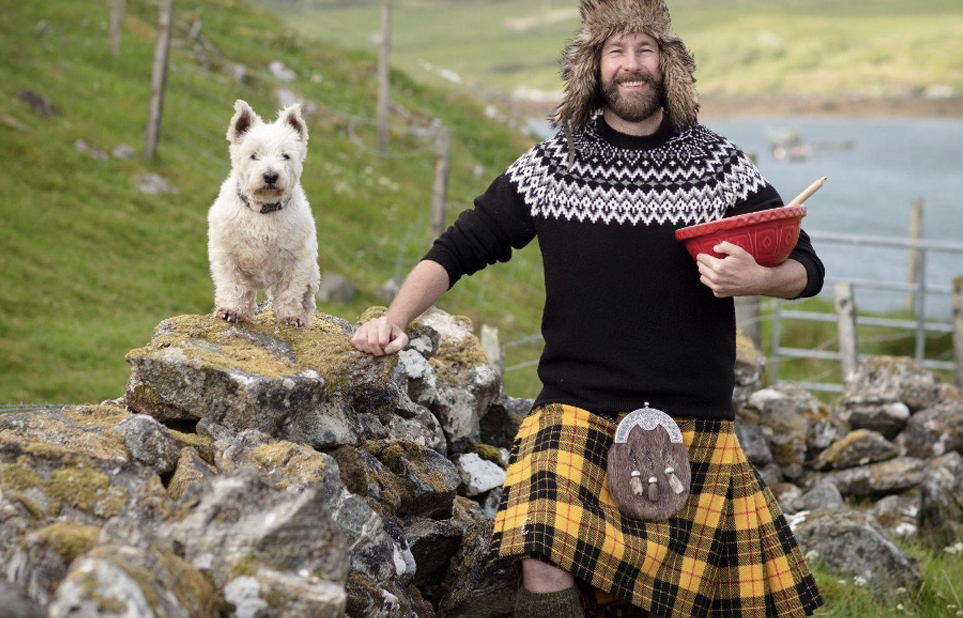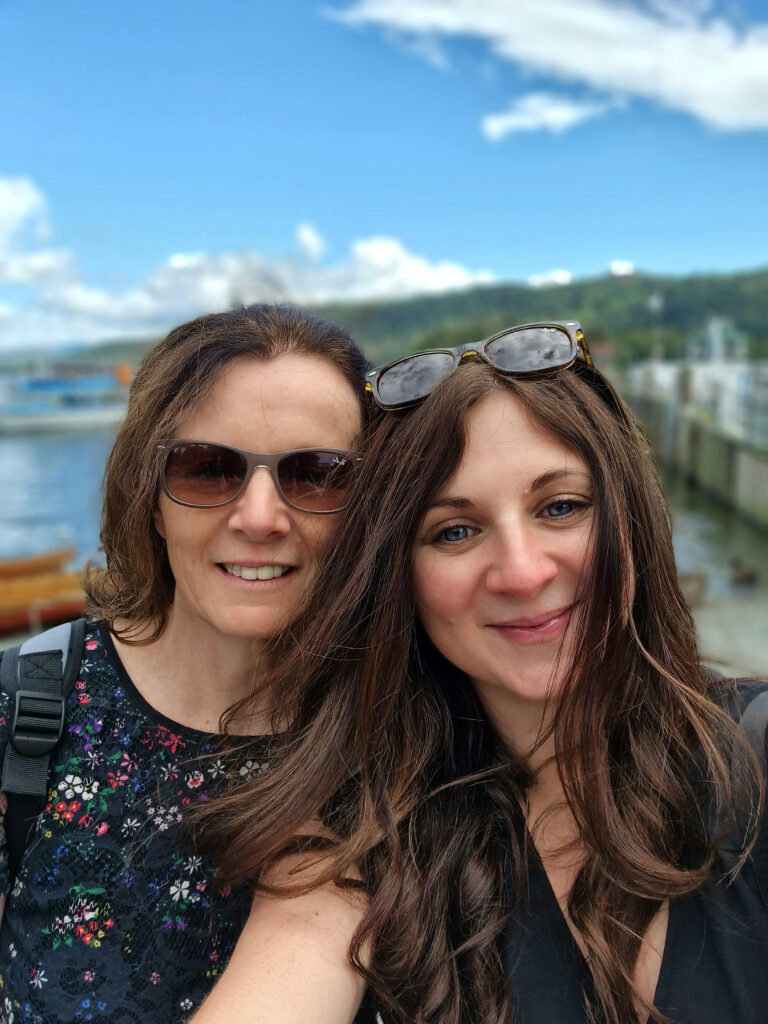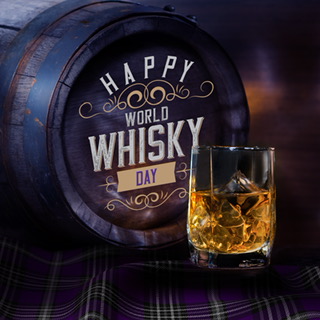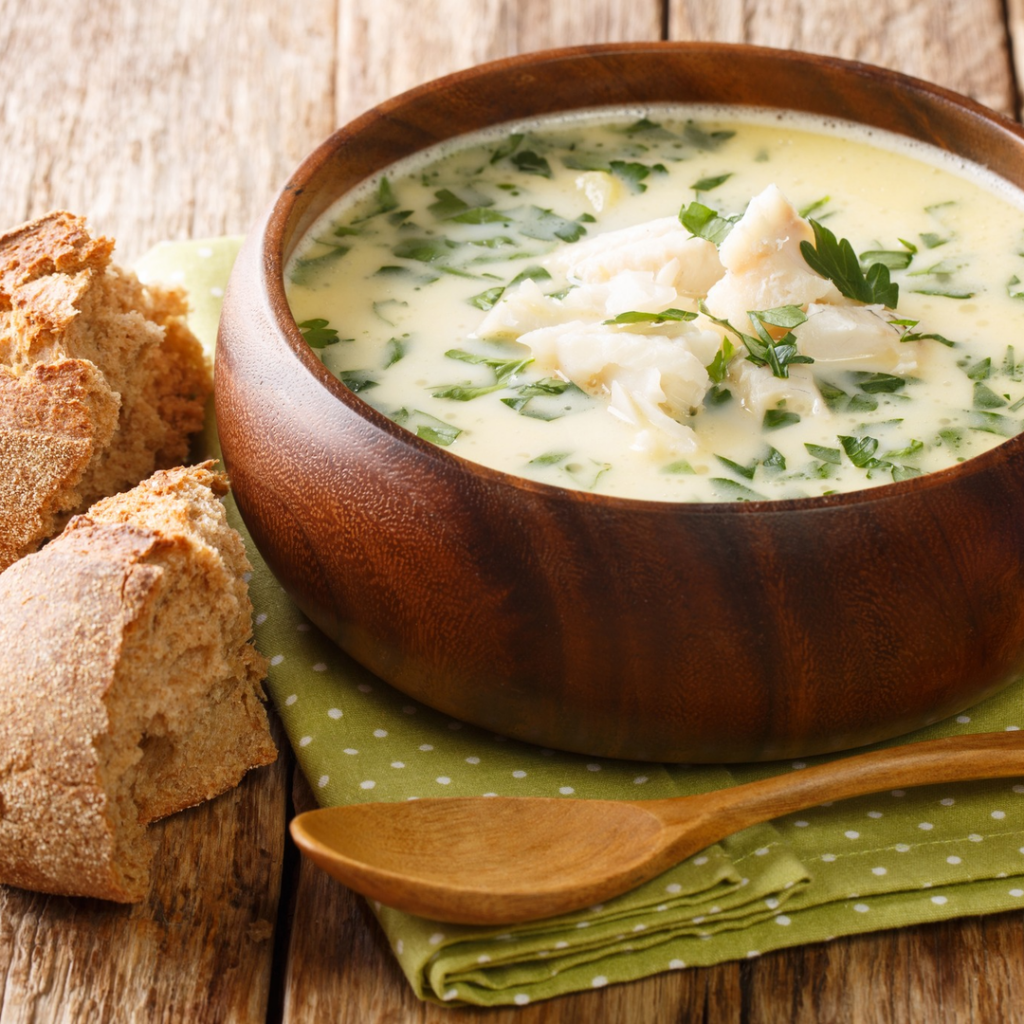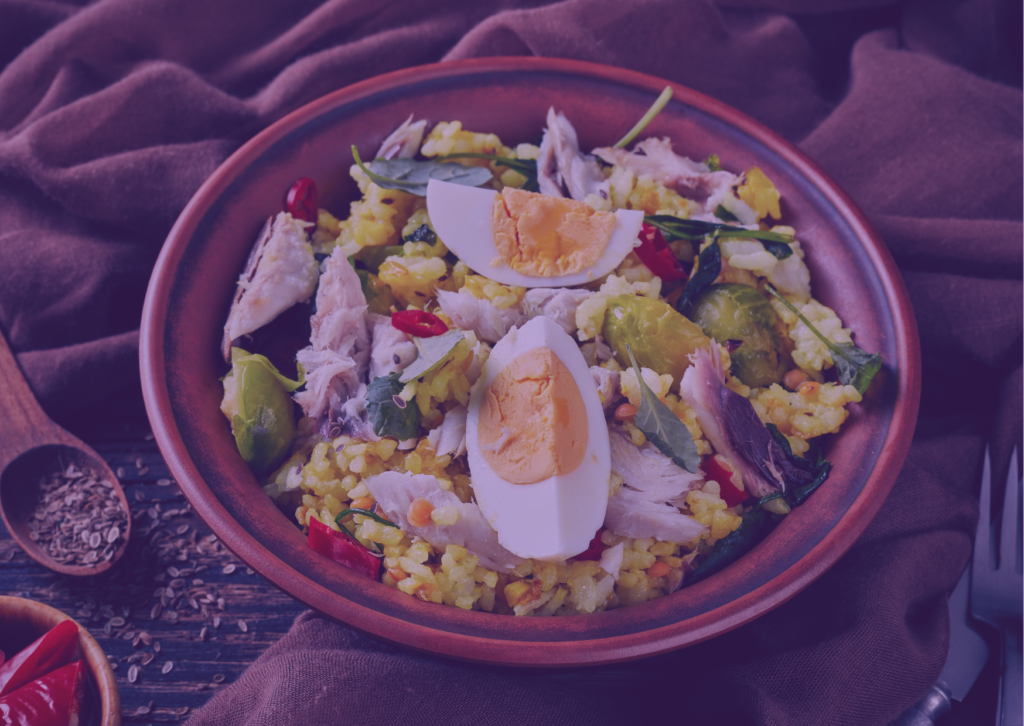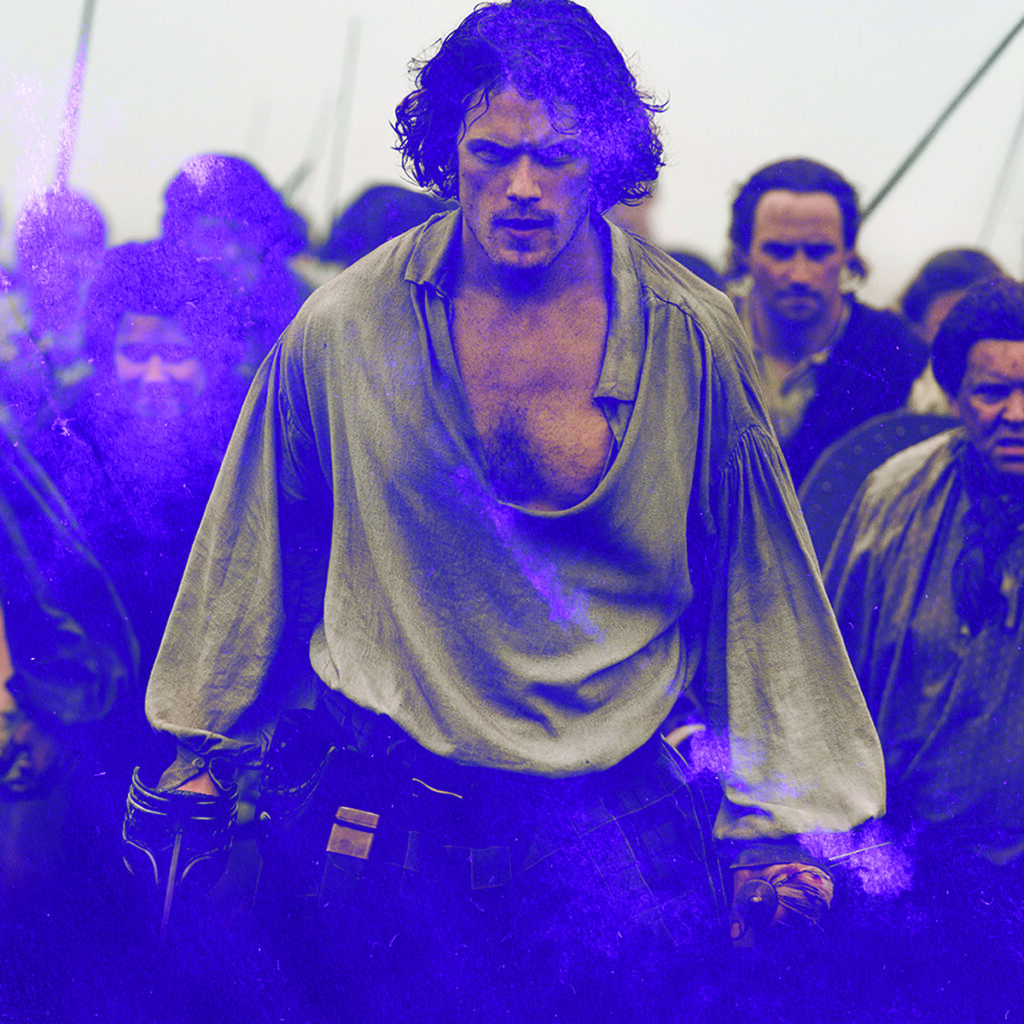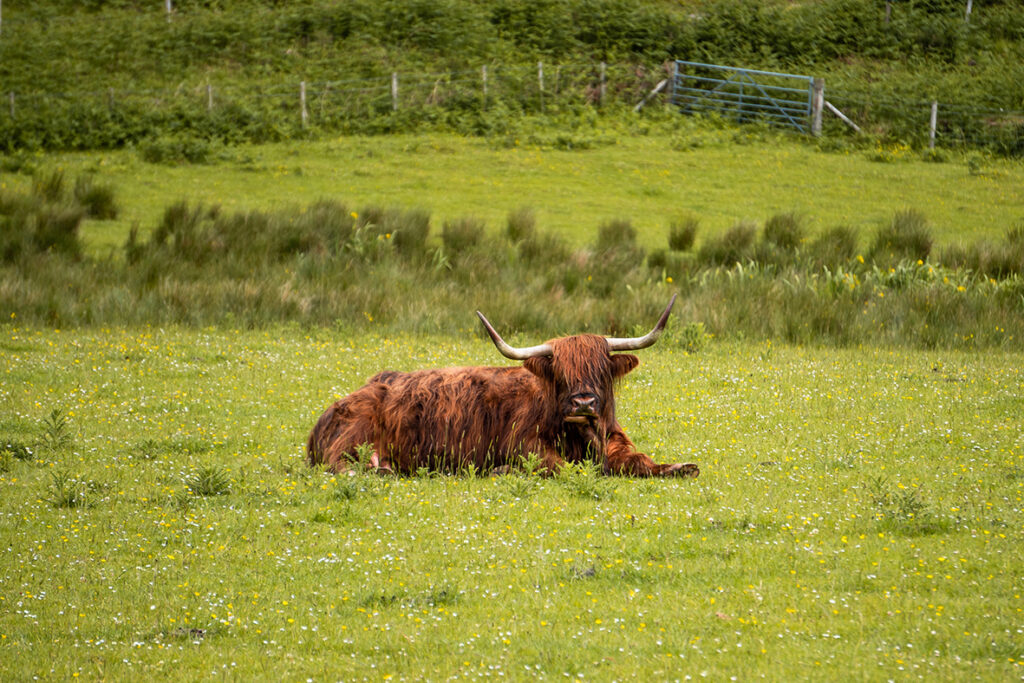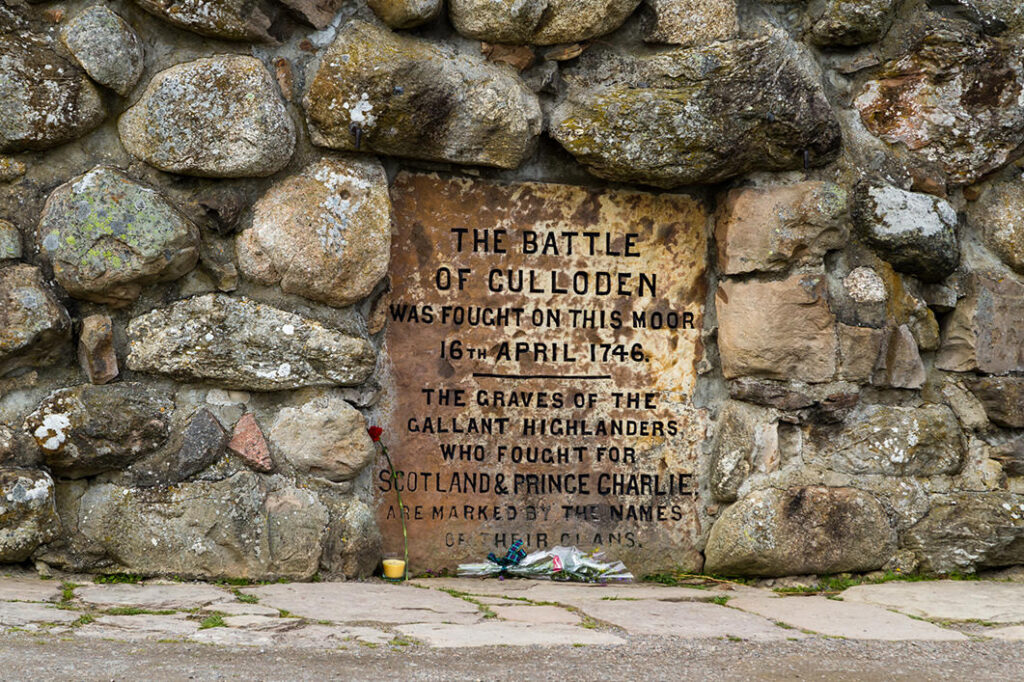The original Herring Girls were seen as hardworking, strong women unafraid of hard graft – a legacy which continues to inspire their clothing namesake
Herring Girl is more than a source of unique Hebridean knitwear – it’s also a tribute to the almost forgotten women whose resilience and skills helped the island communities to survive.
Margaret Anne Elder, who was a small child when she was taught to knit by her grandmother, began the business to help tell the story of the enterprising and talented Herring Girls from the Western Isles.
Born in 1899, her grandmother was one of the Herring Girls, who followed the fishing boats around the British Isles to gut the fish, and knitted while they waited for the catches to land.
Each island had its own motifs and every garment the Herring Girls knitted had a different pattern. Margaret Anne keeps that tradition alive and every guernsey she knits is unique, with motifs like the true lover’s knots that are associated only with the land of Bara where her family have been fisherfolk and crofters for generations in the township of Bruernish.

Centuries-old knitting patterns unique to Barra lie at the heart of her collection and when she knits a guernsey, for example, she finds out a little about the customer before she starts.
“Every jumper tells a story and if I knit one, I have to think of the person I am knitting it for so they are all different,” she says. “I never knit two the same. Each one is bespoke.”
The collection is more than just sweaters, however, with baby clothes, shawls, cushions, and hats all hand knitted in the Western Isles following traditional patterns, using colours inspired by the beautiful sea, shore and land.
The resulting products combine traditional values of durability, simplicity and beauty in long-lasting, styling garments.
For Margaret Anne, it is a way of keeping the memory of the Herring Girls alive.
“The business is more about these formidable women because I think history has forgotten about them,” she said.
“To me, the most important think is that these women are remembered. They were hardworking, travelled, made money and sent it home and should not be forgotten.”

